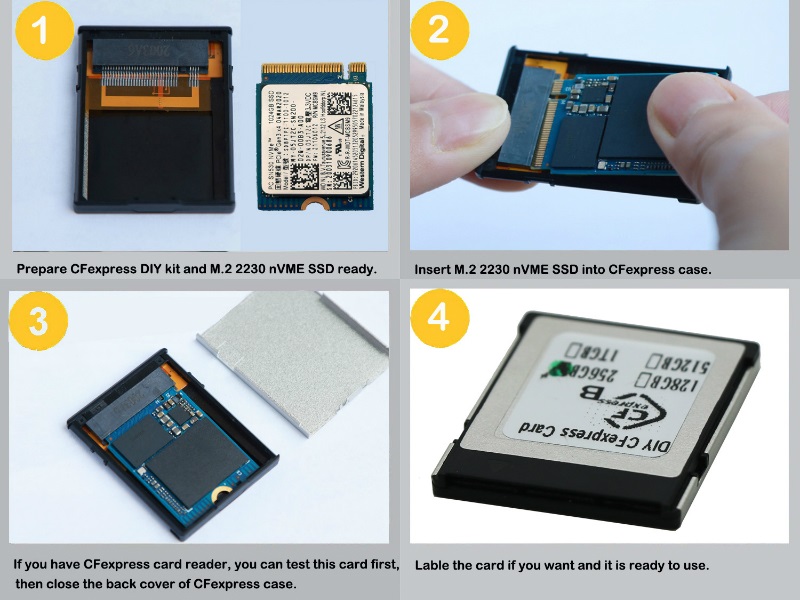This iFixit is more about the internal storage of Xbox X|S devices, but thought it interesting enough to share: https://www.ifixit.com/News/46508/can-diy-storage-save-you-money-on-the-series-x-probably-not
It's partitioned similar to Xbox One/S/X drives -

Another consideration is that finding this non-retail, laptop-size drive is not easy. You can find a 2230 model half the capacity at Amazon, even smaller at Newegg, and none at Best Buy right now. It would be very easy to look at the more common option, the 2280, look at its connection pins, and think, “Hey, that might work.” Even if it worked, it would not fit on the motherboard. The last two numbers on m.2 storage refer to the drive’s length in millimeters—the 2280 is more than twice as long. Please don’t try to make it fit—but if you do, tag us on the socials.
It’s also a lot of disassembly to get to the storage in the Xbox Series X. And you’ll need to source and reapply some fairly specialized thermal putty to a whole layer cake of heat-dissipating components on your way back out. You’ll likely have to run some scripts to get the box to recognize a new drive. But it’s not soldered onto the board, as with the PlayStation 5. At some point, you could replace it if something bigger is available, or if it died.
Finally, and this is the most important point right now (made by Technical Writer Carsten Frauenheim during our teardown): there’s nothing you can really upgrade to at this point. It’s in an odd form factor, but Microsoft is not saddling you with cheap, slow storage that, if you were only brave enough, you could improve. One terabyte of storage, at these speeds, on a board this small, is the best you can fit into a $500 console (one Microsoft doesn’t make money on, no less). If you need more space, you can buy an external SSD and use it to store the games you’re not actively playing. Since you’re mostly playing backwards-compatible games right now, just after launch, there’s not much of a speed loss in using good external storage.
It's partitioned similar to Xbox One/S/X drives -

Another consideration is that finding this non-retail, laptop-size drive is not easy. You can find a 2230 model half the capacity at Amazon, even smaller at Newegg, and none at Best Buy right now. It would be very easy to look at the more common option, the 2280, look at its connection pins, and think, “Hey, that might work.” Even if it worked, it would not fit on the motherboard. The last two numbers on m.2 storage refer to the drive’s length in millimeters—the 2280 is more than twice as long. Please don’t try to make it fit—but if you do, tag us on the socials.
It’s also a lot of disassembly to get to the storage in the Xbox Series X. And you’ll need to source and reapply some fairly specialized thermal putty to a whole layer cake of heat-dissipating components on your way back out. You’ll likely have to run some scripts to get the box to recognize a new drive. But it’s not soldered onto the board, as with the PlayStation 5. At some point, you could replace it if something bigger is available, or if it died.
Finally, and this is the most important point right now (made by Technical Writer Carsten Frauenheim during our teardown): there’s nothing you can really upgrade to at this point. It’s in an odd form factor, but Microsoft is not saddling you with cheap, slow storage that, if you were only brave enough, you could improve. One terabyte of storage, at these speeds, on a board this small, is the best you can fit into a $500 console (one Microsoft doesn’t make money on, no less). If you need more space, you can buy an external SSD and use it to store the games you’re not actively playing. Since you’re mostly playing backwards-compatible games right now, just after launch, there’s not much of a speed loss in using good external storage.


